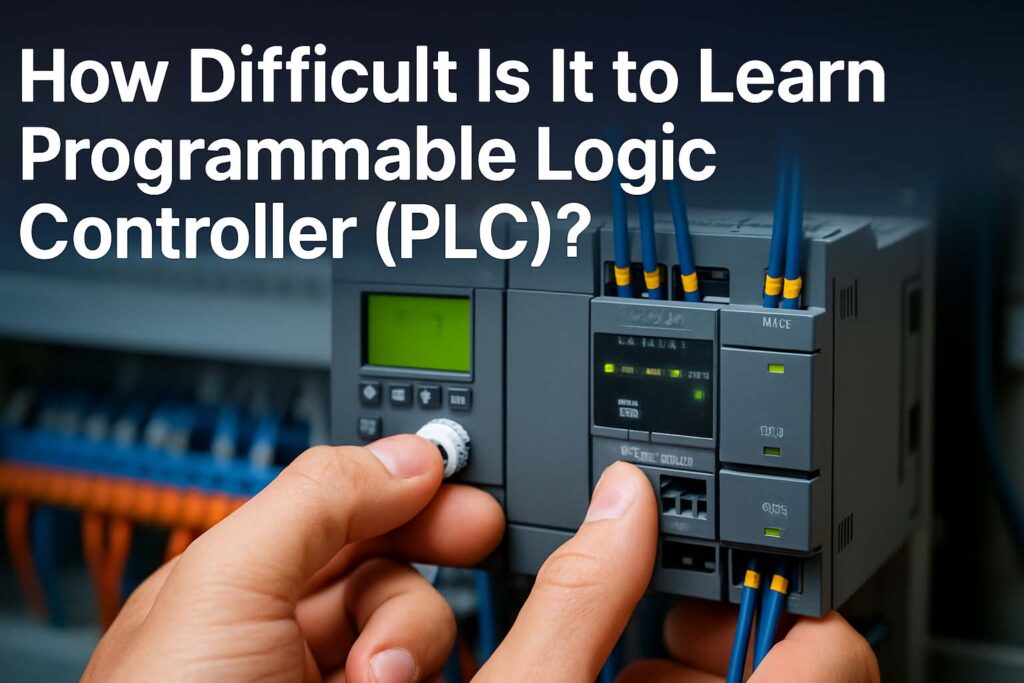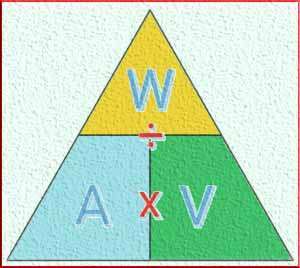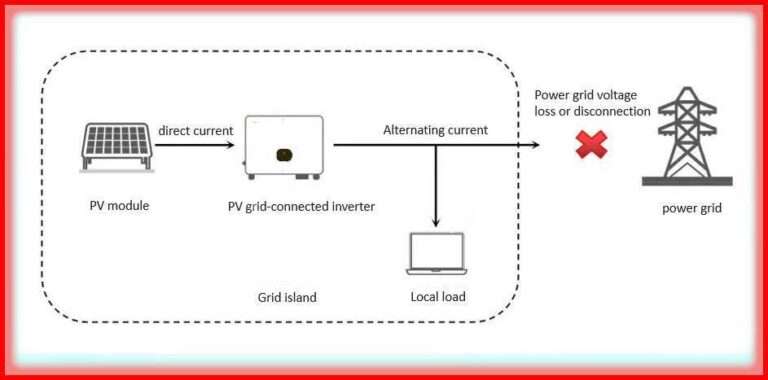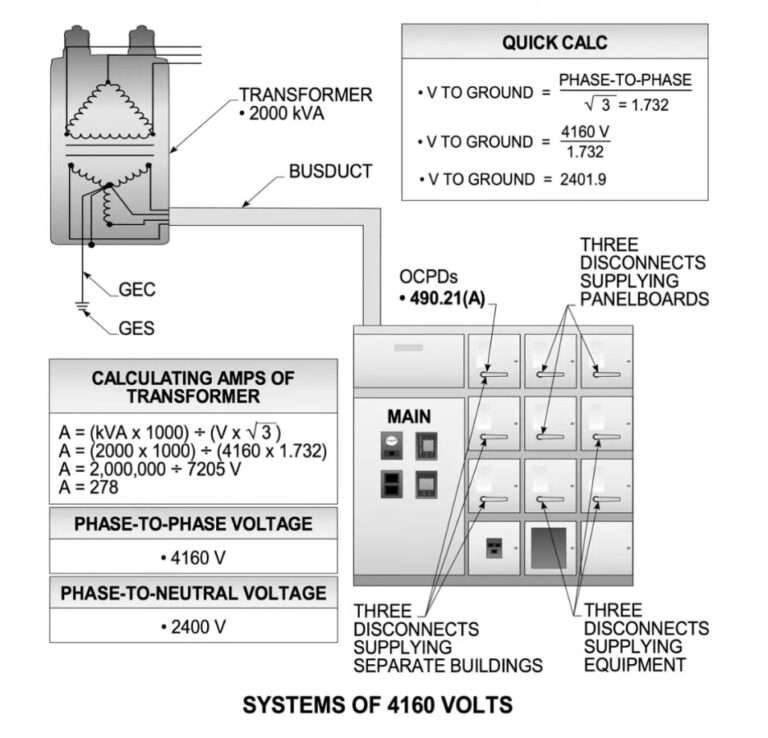How Difficult Is It to Learn Programmable Logic Controller (PLC)?
Understanding the Basics of a Programmable Logic Controller
A Programmable Logic Controller (PLC) is a digital computer used to automate industrial processes. It reads inputs from sensors, processes them through a logic-based program, and sends output signals to actuators. PLCs are widely used in manufacturing, power plants, water treatment systems, and even smart home automation setups.
At its core, a PLC is designed to be rugged, reliable, and easy to use. But if you are just beginning, you might wonder — how difficult is it to learn PLC?

The answer largely depends on your background, the time you invest, and how you approach the learning process.
Is Learning a Programmable Logic Controller Difficult for Beginners?
Learning a programmable logic controller is not as difficult as many assume. If you have a basic understanding of electrical circuits and logical thinking, you’re already on the right path. However, the difficulty level varies based on the complexity of the systems you’re trying to automate.
Beginners may struggle with programming logic at first. But unlike traditional programming languages like C or Java, PLC programming is visual and structured. Most PLCs use ladder logic, which resembles electrical relay logic. This makes it easier for electricians and technicians to pick up.
Still, if you’ve never written a program or worked with control systems, the initial learning curve can feel steep. But it’s manageable with the right resources and consistent practice.
Know more about Top 15 Variable Frequency Drive Manufacturers
What Makes a Programmable Logic Controller Easy or Hard to Learn?
Let’s break down the factors that influence how difficult it is to learn PLCs.
| Factor | Impact on Difficulty |
|---|---|
| Your Technical Background | Engineers or electricians often find PLCs easier to learn due to prior knowledge. |
| Familiarity with Logic | If-then logic and binary operations are common in PLCs. Prior experience helps a lot. |
| Exposure to Programming | Ladder logic is easier than coding in C++, but it still requires logical thinking. |
| Type of PLC and Software | Some platforms like Siemens TIA Portal or Allen-Bradley’s RSLogix have learning curves. |
| Hands-on Practice | The more you practice with real or simulated PLCs, the faster you’ll learn. |
The Role of Ladder Logic in Learning PLCs
Ladder logic is the most common language used in PLC programming. It was designed to mimic the look of electrical relay diagrams, making it easier for electricians to understand and use.
Here’s why ladder logic makes learning a programmable logic controller simpler:
- It’s visual and intuitive
- It follows left-to-right, top-to-bottom reading
- It uses familiar symbols (coils, contacts, timers)
- You can easily simulate and troubleshoot errors
But ladder logic isn’t the only language. Modern PLCs also support Function Block Diagrams (FBD), Structured Text (ST), and Sequential Function Charts (SFC). While these offer more control and flexibility, they also add complexity.
Know more about What is a Programmable Logic Controller (PLC) and How Does it Work?
How Long Does It Take to Learn PLC Programming?
The time it takes to learn a programmable logic controller varies. For someone with no experience, it may take a few weeks to grasp the basics. With focused effort, you can become comfortable with ladder logic, timers, counters, and basic I/O control within 30 to 60 days.
If you already have a background in electrical engineering or automation, you can accelerate your learning curve significantly.
For professional mastery, including networking, analog signals, PID control, and HMI integration, expect to invest several months of learning and hands-on experience.
Approximate Learning Timeline
| Skill Level | Time Required | Topics Covered |
|---|---|---|
| Beginner | 2 to 4 weeks | Basics of PLC, ladder logic, inputs/outputs, simulation |
| Intermediate | 2 to 3 months | Advanced logic, timers, counters, troubleshooting |
| Professional | 6 months and beyond | PID, analog control, SCADA, HMI, industrial protocols |
Learning Path for Programmable Logic Controller
Here’s a simplified path to guide your learning process:
Start with basic electrical concepts. Understand how sensors and actuators work. Move on to ladder logic and practice building simple control circuits. Use simulation software like LogixPro, PLC Ladder Simulator, or manufacturer-provided tools.
Gradually, explore real PLC hardware if available. Learn how to upload and download programs, monitor I/O, and diagnose issues. As you grow more confident, integrate HMIs, analog modules, and explore communication protocols like Modbus or Profibus.
This progression will help you grasp both theory and application, which is critical in industrial automation.
Know more about IEC Standard for Dry Type Transformer
Common Challenges When Learning a Programmable Logic Controller
While learning PLCs is attainable, it’s not without hurdles. Here are a few common challenges:
- Understanding Logic Flow: PLCs execute code cyclically. Understanding the scan cycle helps in troubleshooting.
- Debugging Skills: Locating faults in logic or wiring can be frustrating without practice.
- Platform Differences: Siemens, Allen-Bradley, Schneider — each uses different software and terminology.
- Hardware Limitations: Without real-world hardware, it’s hard to fully grasp some concepts.
- Lack of Structured Learning: Many learners jump in without a clear learning path, causing confusion.
To overcome these, use structured tutorials, online courses, or even certification programs.
What Tools and Resources Help Make PLC Learning Easier?
Fortunately, there’s a wealth of resources available to make learning programmable logic controller systems easier.
- Simulation Software: Tools like LogixPro 500, Factory I/O, and Siemens PLCSIM help you practice without hardware.
- Online Courses: Platforms like Udemy, Coursera, and PLCGurus.net offer guided instruction.
- YouTube Channels: Real-world tutorials from automation professionals.
- Community Forums: Sites like PLC Talk, Reddit Automation, and Stack Exchange offer peer support.
- PLC Books: Titles like Programmable Logic Controllers by Frank Petruzella provide foundational knowledge.
These tools not only help you understand PLCs but also build the confidence needed to apply them in real-world scenarios.
Why Learn a Programmable Logic Controller?
Learning to program a programmable logic controller can open up many career opportunities. Automation is central to industries like oil & gas, food processing, packaging, manufacturing, and renewable energy.
PLCs are not going away. In fact, demand for professionals who understand automation systems is only growing. With the rise of Industry 4.0 and smart factories, PLC knowledge is more relevant than ever.
Moreover, a skilled PLC programmer can earn well. According to industry surveys, experienced PLC technicians and engineers can earn between $60,000 to $90,000+ annually, depending on location and industry.
Final Thoughts: Is PLC Hard to Learn?
In simple terms — no, learning a programmable logic controller is not hard if you approach it the right way. It does take time and effort, but with the right mindset, tools, and practice, anyone with technical interest can learn it.
Start small, practice regularly, and don’t be afraid to make mistakes. With each logic rung you build and each problem you solve, your skills will grow.
Follow Us on Social:
Subscribe our Newsletter on Electrical Insights to get the latest updates in Electrical Engineering.
#ProgrammableLogicController, #PLCProgramming, #LearnPLC, #IndustrialAutomation, #PLCTraining, #AutomationEngineer, #ElectricalEngineering, #ControlSystems, #PLCBasics, #EngineeringEducation, #IndustrialControl, #AutomationTechnology, #TechSkills, #BeginnerPLC, #PLCForBeginners





